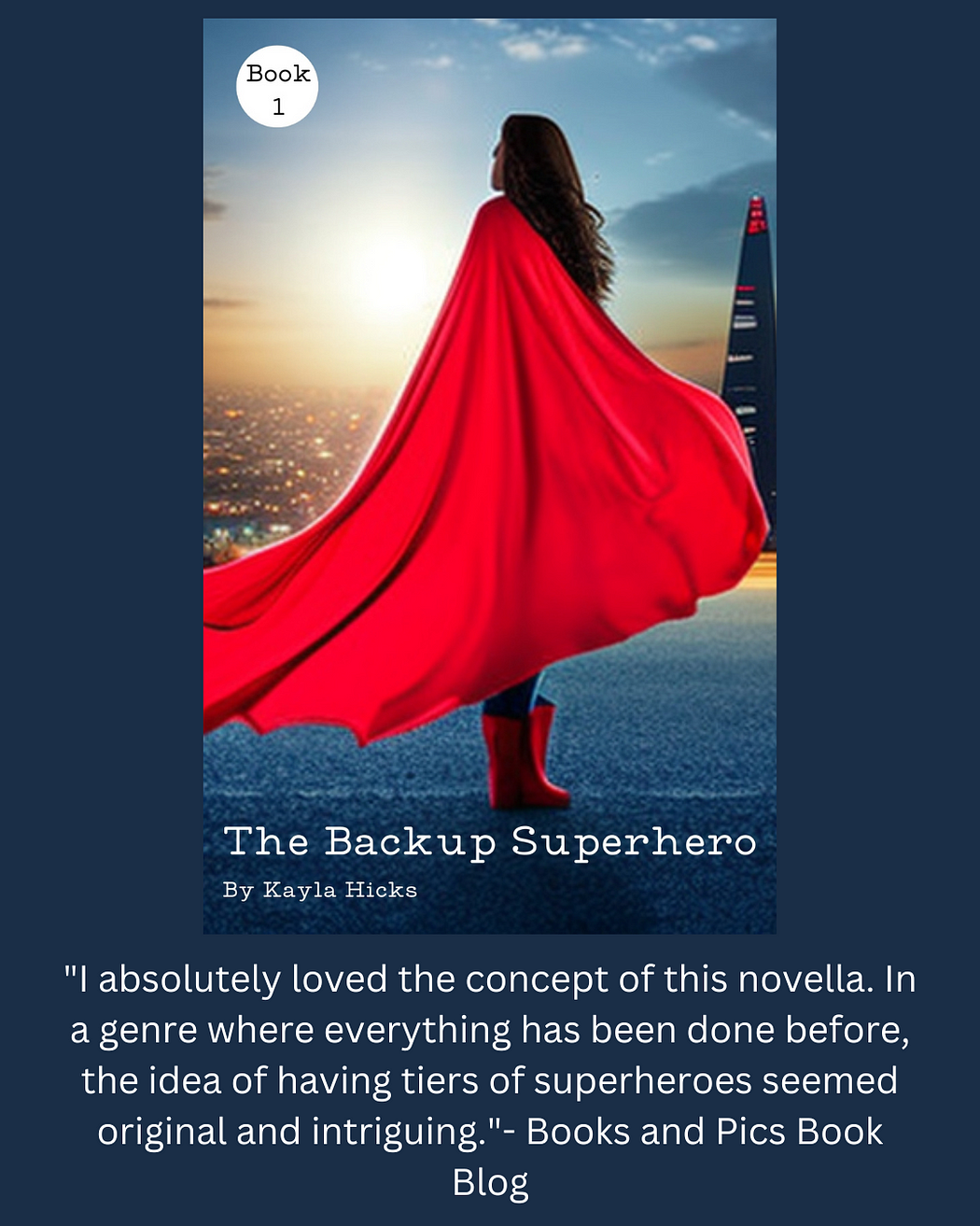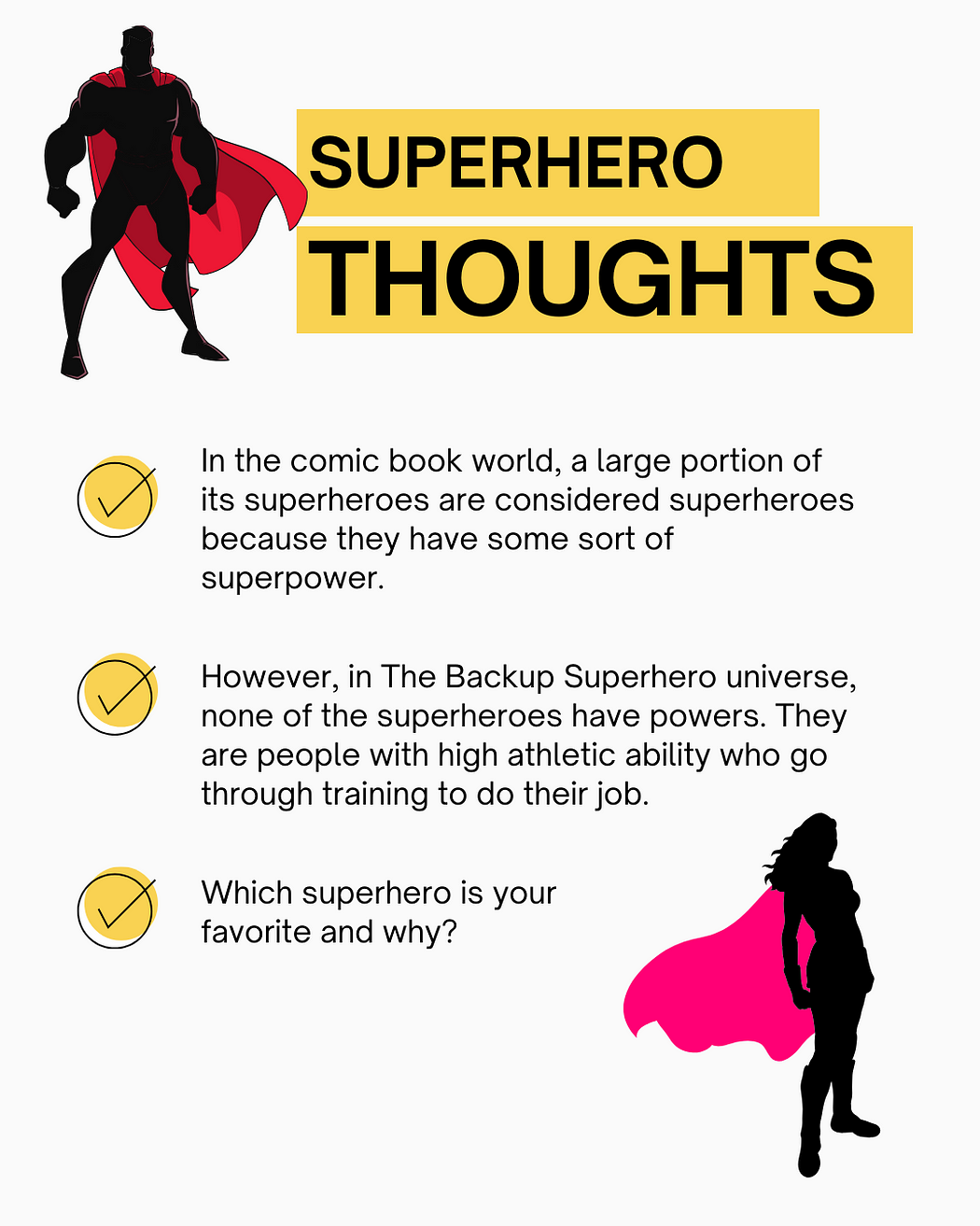How to Catch Your Audience’s Attention as an Author

Using build-up, engagement, and follow-through tactics are the keys to grabbing your audience’s attention
In the vast ocean of content, authors face the challenge of capturing and retaining their target audience’s attention.
Instead of merely telling readers about this struggle, let’s dive into the author’s journey amid the ever-changing waves of content.
One of the toughest things authors face is the ability to capture their audience’s attention long enough to purchase the book.
Not only is the market always changing, but thousands of books are published daily now thanks to self-publishing. And this means that the feed of books that reaches the eyes of your audience is always refreshing.
So how what ways can we pull in our audience so that they can sustain an interest long enough to purchase our books?
Let’s look at three ways we can use to achieve this:
Build up
To entice our audience we need to share something about our books that is going to grab their attention.
This is going to require you to think outside of the box and take a hard look at the marketable aspects of your book.
You can start by creating a list of keywords, story tropes, and unique details about your book. By doing so, you provide yourself with a great list to work with for your social media content.
Let’s look at some examples to get an idea of what this looks like. We will use my book, The Backup Superhero as an example.
The Backup Superhero
If you had the chance to be a superhero, would you? Even if you were a backup superhero, doing all of the work and getting none of the credit?
Becoming a superhero isn’t all that it’s cracked up to be. Let’s be realistic, people don’t have superpowers. But if you have enough determination to make it through training, you have a chance to be the modern-day superhero, stopping one criminal at a time…or doing everyone else’s job and getting none of the credit.
After Tanser girl comes to terms with her non-celebrity level status in the superhero world, someone else from Level D decides it’s their moment to shine, shaking up the entire system, while leaving her to pick up the pieces.
Let’s see how we can build up our audience for it across three different social platforms:
Twitter (X): (Let’s make it a thread)
(First in thread) If you had the chance to be a superhero, would you? Even if you were a backup superhero, doing all of the work and getting none of the credit?
(Second in thread) Level D superhero Dwighter is about to find out when he takes the credit for a job well done, shaking up the unspoken understanding among the superhero league.
(Third in thread)

2. Instagram:

If you had the chance to be a superhero, would you? Even if you were a backup superhero, doing all of the work and getting none of the credit? #superhero #superherofiction #bookreview
3. Tiktok:
See the link here

I chose to use the unique aspect that The Backup Superhero has to offer, a superhero hierarchy, and that they don’t have powers. I also incorporated reviews to show a sense of validation from readers.
Engagement
Another important piece of pulling in these readers is getting them talking and engaging with your posts.
How can you do this?
Creating polls
Asking questions that tie in with your book
Sharing details about your book and asking what people think
Sharing sneak peeks and asking people what they think
By doing so, you show that you want to hear readers’ opinions.
Let’s use The Backup Superhero again for this and we will work on cross-posting our content as well between three different social platforms.
Twitter (X): (Let’s make this a thread again)
(First in thread) In the comic book world, a large portion of its superheroes are considered superheroes because they have some sort of superpower.
(Second in thread) However, in The Backup Superhero universe, none of the superheroes have powers. They are people with high athletic ability who go through training to do their job.
(Third in thread) Which superhero is your favorite and why?
2. Instagram:

I would love to hear what you think! #superheroes #opinions
3. Facebook:
In my superhero universe, the superheroes are separated into a tiered hierarchy. Here is a little about it:
A little background information
Now when I say superhero, this isn’t by any means metaphorical. I am not referring to one of those viral firefighter videos of saving kittens from trees. I am referring to a literal superhero, the type that goes around saving people in a spandex-lined leotard.
I had been attempting to make my way into the superhero business for nearly seven years now. This business is something people dream of making it into, the new version of a celebrity. If someone wanted to be the new poster-boy or girl for superheroes, making it in the superhero world was their chance to do that. When they didn’t make the cut, they ended up becoming a police officer, security guard, or bodyguard.
There was a misconception among the public about superheroes, mostly created by authors and Hollywood. Superheroes in this day and age didn’t have superpowers. Unlike the actors who flew around the big screen, this job required physical training. People who entered this line of work were true athletes, who were the best in physical stature. Entering the superhero business wasn’t something you did on a whim. Years of training and dedication were involved. There were steps you needed to follow.
You started by applying for training where you gained the basic skills of being a superhero. This consisted of combat, endurance, and agility skills. After training, you started a series of tests which determined your individual skillset. The results you received, then told them what level you would be separated into.
Now, what most civilians don’t know is, superheroes are cliquey. It’s like high school all over again with the exception of how they separate themselves. Once they enter their assigned level, they tend to stick to the same groups of superheroes.
Levels were important to the whole structure but often led to disappointment. Too many people jumped in thinking they would become a Level A superhero only to be assigned a lower-tiered level. The lowest tier was Level D. That was where I was. Level D stands for a backup superhero.
I was the superhero they called when a Level A superhero (best of the best) or levels B and C, otherwise known as sidekicks, couldn’t come.
Truth be told, even though making it to Level A was a dream, I wasn’t one for the spotlight. Now, this isn’t to say I wouldn’t appreciate credit being given once in a while for a job well done, but I didn’t need it in front of cameras and flashing lights.
Which superhero is your favorite and why?
Follow Through
When we think of follow-through, we think of how we capture this reader’s attention so much that they want to follow through to purchase the book.
However, if we want this to happen, we need to make it easy for them to do.
Universal Links:
By creating a universal link, you enable readers around the world to have access to your book.
For example, if your book is sold on Amazon, Amazon is divided into different marketplaces based on each country. And if you live in America, the link for your book in Amazon’s American marketplace wouldn’t work for someone trying to purchase in the UK.
By creating a universal link, you give access to people in other marketplaces.
I use Booklinker.com.
2. QR Codes:
Another great way for people on the go is to create a QR code for them. This is a box-like code that can be scanned with a phone.
What makes it convenient is that you can place it on a flier, bookmark, social media, and more, allowing someone to scan the code and go directly to your book.
There are a ton of QR Code generators, some paid and some for free.
You can use something like this: QR Code Generator
Pulling in readers is tough, but if you take the time to:
research what they are looking for
apply what is intriguing about your book to your posts
create an easy process for readers
It is possible.
